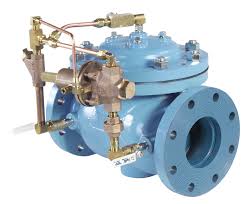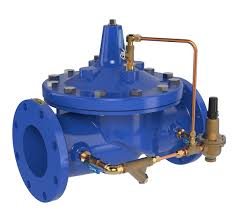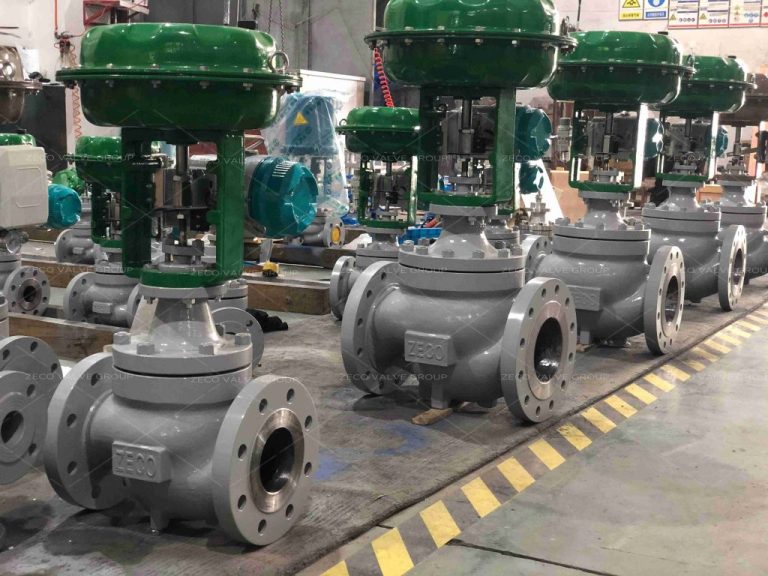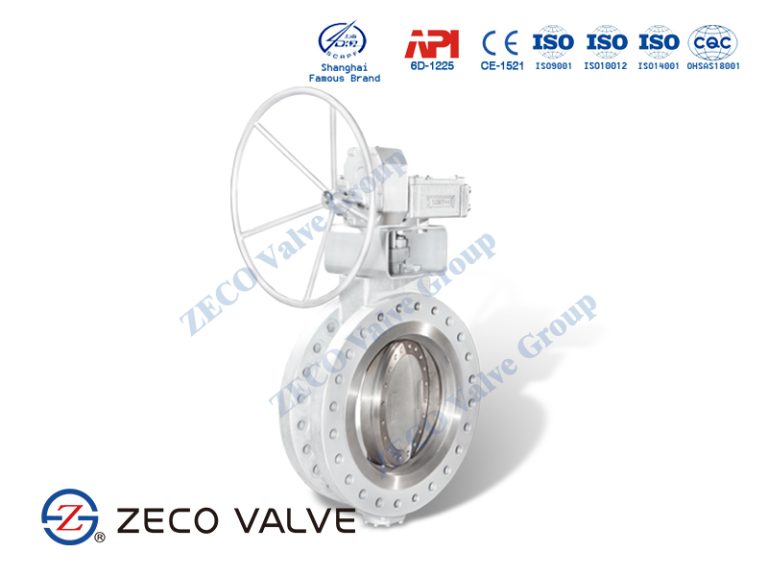Pressure Control Valves

The Application of Pressure Control Valves
In various industrial processes, Pressure Control Valves, including Pressure Regulating Valves and Pressure Relief Valves, play a crucial role in maintaining system integrity and operational safety. Cameron, as a trusted industry leader, offers a comprehensive range of these valves designed to regulate, adjust, and release pressure effectively. From controlling fluid flow in pipelines to safeguarding equipment from overpressure situations, our Pressure Control Valves ensure optimal performance and reliability across diverse applications in sectors such as petrochemicals, oil and gas, and manufacturing.
What Are The Types Of Pressure Control Valves?
- Pressure Relief Valves: Designed to relieve excess pressure from a system to prevent damage or catastrophic failure.
- Pressure Reducing Valves: Used to maintain a constant, lower downstream pressure by reducing the incoming pressure from a higher source.
- Pressure Regulating Valves: Similar to pressure reducing valves but offer more precise control over pressure levels within a system.
- Back Pressure Regulating Valves: Regulate upstream pressure by controlling the back pressure in a system.
- Pressure Sustaining Valves: Maintain a minimum upstream pressure, preventing it from dropping below a set level.
What Is Pressure Control Valves?
Pressure Control Valves are mechanical devices used to regulate or control the pressure of fluid flow within a system. They ensure that the pressure remains within specified limits, preventing damage to equipment or systems due to excessive pressure. These valves can either reduce, relieve, regulate, or sustain pressure, depending on the requirements of the application. Pressure control valves play a crucial role in maintaining system efficiency, safety, and stability across various industries, including oil and gas, water treatment, manufacturing, and HVAC systems.
How to Select the Right Pressure Control Valves?
To select the right Pressure Control Valves, consider factors such as the desired pressure range, flow rate, fluid type, and system compatibility. Determine if a relief, reducing, or regulating valve is needed based on the application’s requirements. Ensure that the valve meets industry standards and is suitable for the operating conditions to ensure optimal performance and safety.
Features of Pressure Control Valves
- Versatility: Pressure Control Valves offer versatility in managing pressure levels within a system, catering to various industrial applications.
- Precision Regulation: These valves ensure precise regulation of pressure, maintaining stability and efficiency in the system operation.
- Reliability: They are designed for reliability, featuring robust construction and durable materials to withstand harsh operating conditions.
- Pressure Relief: Some models function as Pressure Relief Valves, safeguarding against pressure buildup beyond safe limits, preventing potential damage.
- Pressure Reducing: Others serve as Pressure Reducing Valves, allowing for the reduction of high-pressure levels to manageable levels for downstream equipment.
- Flow Control: Many Pressure Control Valves incorporate flow control mechanisms, enabling precise adjustment of fluid flow rates in addition to pressure regulation.
- Safety Features: They often come with built-in safety features such as pressure gauges, limit switches, or fail-safe mechanisms to ensure safe operation.
- Ease of Maintenance: Designed for ease of maintenance, these valves facilitate inspection, repair, and replacement as needed, minimizing downtime.
- Compatibility: They are compatible with a wide range of fluids and gases, making them suitable for diverse industrial applications.
- Energy Efficiency: Some models are engineered for energy efficiency, optimizing system performance while minimizing energy consumption.
Advantages and Disadvantages of Pressure Control Valves
Advantages:
- Precise Control: Pressure Control Valves offer precise control over pressure levels, ensuring optimal system performance.
- Safety: They help maintain system safety by regulating pressure within safe limits, preventing overpressure incidents.
- Flexibility: These valves can be configured to meet specific pressure requirements, offering flexibility in various industrial applications.
- Efficiency: By regulating pressure, they contribute to the efficient operation of equipment and processes, reducing energy consumption.
- Reliability: Well-designed Pressure Control Valves are reliable components, providing consistent performance over extended periods.
Disadvantages:
- Complexity: Some advanced models may be complex to install, calibrate, or maintain, requiring specialized knowledge and tools.
- Cost: High-quality Pressure Control Valves can be expensive, especially those with advanced features or materials designed for demanding environments.
- Potential Leakage: Improper installation or wear over time can lead to leakage, affecting system performance and requiring maintenance.
- Sensitive to Contaminants: Contaminants in the fluid or gas stream can affect the valve’s operation, requiring filtration or additional maintenance.
- Limited Flow Capacity: Certain types of Pressure Control Valves may have limited flow capacity, restricting their use in high-flow applications.

The Specifications of Pressure Control Valves
| Specification | Details |
|---|---|
| Type | Globe Valve |
| Ball Material | Stainless Steel |
| Attachment Type | Flanged |
| Thread Standard | N/A |
| Thread Size | N/A |
| Body Material | Carbon Steel |
| Safe for Use With | Water, Air, Gas |
| Handle Type | Handwheel |
| Handle Material | Carbon Steel |
| Maximum Working Pressure (psi) | 1000 psi |
| Maximum Working Pressure (bar) | 69 bar |
| Operating Pressure | 20-200 psi |
The Installation Steps for Pressure Control Valves
- Preparation: Gather all the necessary tools and equipment required for installation, including wrenches, gaskets, and sealing compounds.
- Shut Off System: Shut off the supply of fluid or gas to the system where the valve will be installed. Use appropriate isolation methods to ensure safety.
- Positioning: Identify the appropriate location for installing the valve. Ensure it is accessible and allows for easy operation and maintenance.
- Valve Orientation: Determine the correct orientation of the valve based on the flow direction and system requirements.
- Mounting: Securely mount the valve onto the pipeline or mounting surface using appropriate bolts and fasteners. Ensure the valve is aligned properly with the pipeline.
- Connection: Connect the inlet and outlet piping to the valve using suitable fittings, ensuring tight and leak-free connections.
- Sealing: Apply sealing compounds or gaskets as required to prevent leaks at the connections. Tighten all connections securely.
- Testing: Conduct pressure tests to ensure the valve operates correctly and does not leak under normal operating conditions.
- Operation Verification: Verify that the valve operates smoothly and responds accurately to control signals.
- System Restart: Once installation is complete and verified, restart the system and monitor the valve’s performance to ensure proper functioning.
The Operation Theory of Pressure Control Valves
- Pressure Control Valves:
- Pressure control valves are devices used to control fluid pressure in a system, typically installed as valves within pipelines. Their function is to monitor the pressure within the fluid system and adjust the fluid flow rate to maintain pressure within a specified range.
- Operation principle: When the system pressure reaches the set value, pressure control valves automatically adjust the valve’s opening to reduce or increase the fluid flow rate, thereby maintaining the pressure within the desired range.
- Pressure Safety Valves:
- Pressure safety valves are devices designed to protect systems from excessive pressure by automatically opening when the system pressure exceeds a safety limit, releasing some fluid to lower the pressure.
- Operation principle: When the system pressure exceeds the set safety pressure value, the spring mechanism or other regulating devices of the pressure safety valve trigger the valve to open, allowing fluid to be released from the system until the pressure drops within the safe range.
- Pressure Regulators:
- Pressure regulators are devices used to control fluid pressure within a system, capable of maintaining constant system pressure and adjusting automatically to maintain the desired pressure level under varying system loads or other changes.
- Operation principle: Pressure regulators control the flow rate of fluid by adjusting the valve’s opening, thereby regulating the system pressure. They are typically equipped with sensors or regulating mechanisms to adjust the valve’s position based on real-time pressure changes.

